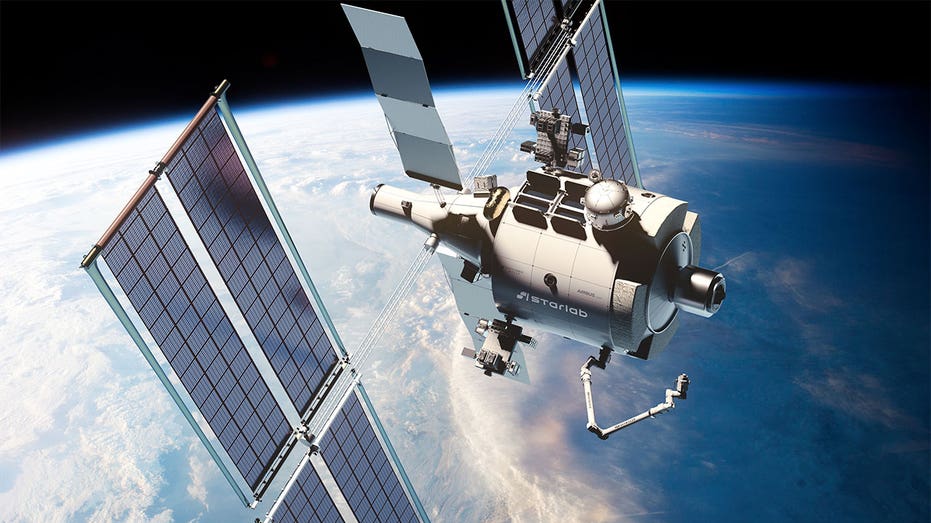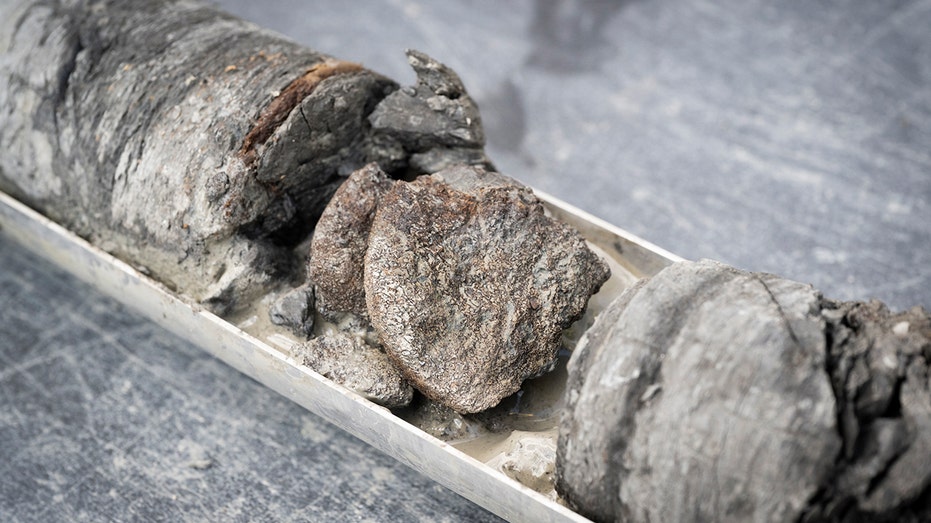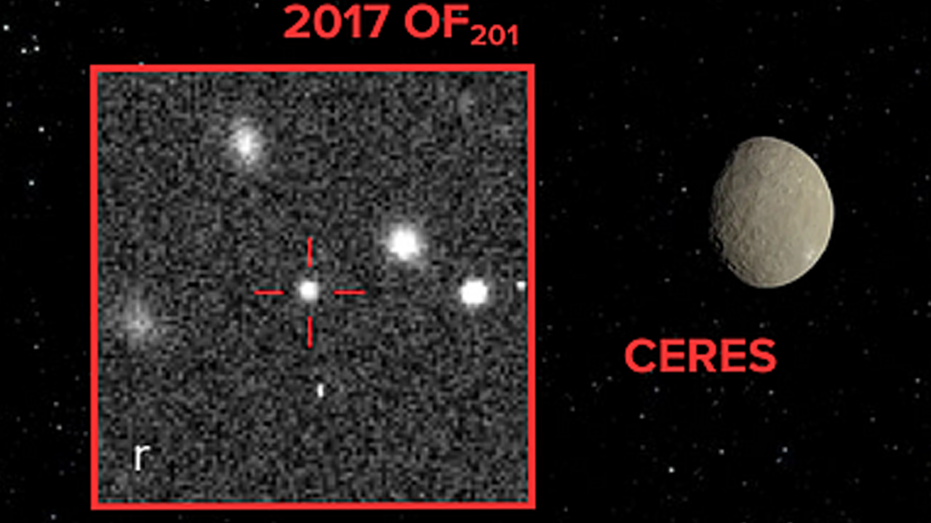NASA Aims to Keep Humans in Space After ISS Retirement – But Can They Pull It Off?

Sarah Johnson
March 1, 2025
4 min read
Brief
NASA unveils its Low Earth Orbit Microgravity Strategy to ensure continuous human presence in space post-ISS, emphasizing commercial partnerships, economic growth, and overcoming budget challenges.
This week, NASA finalized its strategy for sustaining a human presence in space, emphasizing the importance of maintaining extended stays in orbit even after the International Space Station (ISS) is retired. The plan, outlined in NASA's Low Earth Orbit Microgravity Strategy, aims to ensure continuous human presence in orbit, fostering economic growth and maintaining international partnerships.
"NASA's Low Earth Orbit Microgravity Strategy will guide the agency toward the next generation of continuous human presence in orbit, enable greater economic growth, and maintain international partnerships," the document stated.
This commitment comes amid concerns about the readiness of new space stations, especially with potential budget cuts looming. NASA Deputy Administrator Pam Melroy acknowledged these challenges, stating, "Just like everybody has to make hard decisions when the budget is tight, we've made some choices over the last year, in fact, to cut back programs or cancel them all together to make sure that we're focused on our highest priorities."
Commercial space company Voyager is actively developing a space station that could potentially replace the ISS when it de-orbits in 2030. Jeffrey Manber, Voyager's president of international and space stations, welcomed NASA’s strategy, emphasizing the importance of a clear commitment to reassure investors. "We need that commitment because we have our investors saying, ‘Is the United States committed?’"
President Reagan initially launched the effort to establish a permanent human presence in space, highlighting the need for private partnerships. He said during his 1984 State of the Union address. "America has always been greatest when we dared to be great. We can reach for greatness," Reagan said during his 1984 State of the Union address. "The market for space transportation could surpass our capacity to develop it."
Since its launch in 1998, the ISS has hosted over 280 people from 23 countries, marking 24 years of continuous human occupation. The Trump administration's 2020 national space policy supported maintaining a "continuous human presence in earth orbit" and transitioning to commercial platforms, a policy the Biden administration has continued.
"Let's say we didn't have commercial stations that are ready to go. Technically, we could keep the space station going, but the idea was to fly it through 2030 and de-orbit it in 2031," NASA Administrator Bill Nelson said in June. But recent months have seen some doubt cast on whether this policy would hold. "I just want to talk about the elephant in the room for a moment, continuous human presence. What does that mean? Is it continuous heartbeat or continuous capability? While we kind of originally hoped that this would just sort of emerge from this process, we're still having conversations about that and understanding it," Melroy said at the International Astronautical Congress in October.
NASA’s finalized strategy addressed concerns from commercial and international partners regarding the potential loss of the ISS without a viable commercial replacement.
"Almost all of our industry partners agreed. Continuous presence is continuous heartbeat. And so that's where we stand," Melroy said. "I think this continuous presence, it's leadership. Today, the United States leads in human spaceflight. The only other space station that will be in orbit when ISS de-orbits, if we don't bring a commercial destination up in time, will be the Chinese space station. And we want to stay and remain the partner of choice for our industry and for our goals for NASA."
Currently, three companies, including Voyager, are collaborating with NASA to develop commercial space stations. Axiom signed an agreement with NASA in 2020, while Nanoracks (now part of Voyager Space) and Blue Origin received contracts in 2021.
Melroy acknowledged budget challenges, stating, "We've had some challenges, to be perfectly honest with you. The budget caps that were a deal that was cut between the White House and Congress for fiscal year (2024 and 2025) have left us without as much investment. So, what we do is we co-invest with our commercial partners to do the development. I think we're still able to make it happen before the end of 2030, though, to get a commercial space station up and running so that we have a continuous heartbeat of American astronauts on orbit."
Despite these challenges, Voyager maintains that they are on track to launch their starship space station in 2028. "We're not asking for more money. We're going ahead. We're ready to replace the International Space Station," Manber said. "Everyone knows SpaceX, but there's hundreds of companies that have created the space economy. And if we lose permanent presence, you lose that supply chain."
Additional funding has been allocated to the three companies since the initial space station contracts, and a second round of funding could be critical for some projects. NASA may also award funding for new space station proposals, including Vast Space's Haven modules, with plans to launch Haven-1 as early as next year.
"We absolutely think competition is critical. This is a development project. It's challenging. It was hard to build the space station. We're asking our commercial partners to step up and do this themselves with some help from us. We think it's really important that we carry as many options going forward to see which one really pans out when we actually get there," Melroy concluded. It's a bold vision, but can these companies really deliver on time and within budget? Only time will tell if we can keep that 'continuous heartbeat' in space.
Topics
NASALow Earth Orbitcontinuous human presenceISS replacementcommercial space stationsVoyagerspace policybudget challengesinternational partnershipsspace economySpaceInternational Space StationCommercial Space
Editor's Comments
The race to replace the ISS is heating up, but budget constraints and technical challenges could throw a wrench in the works. Let's hope these companies can deliver – the thought of ceding space leadership to China is a bit unsettling.
Like this article? Share it with your friends!
If you find this article interesting, feel free to share it with your friends!
Thank you for your support! Sharing is the greatest encouragement for us.



